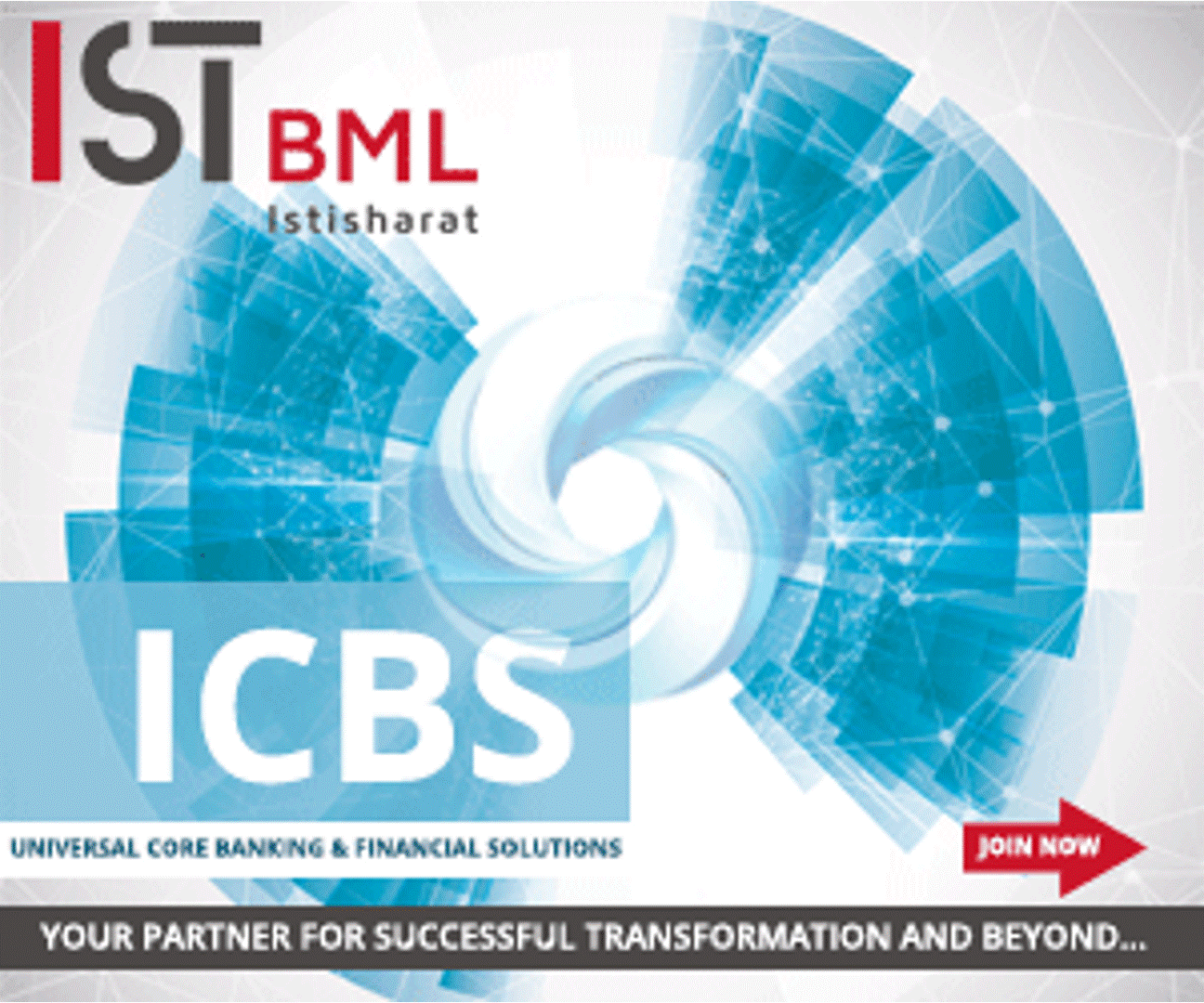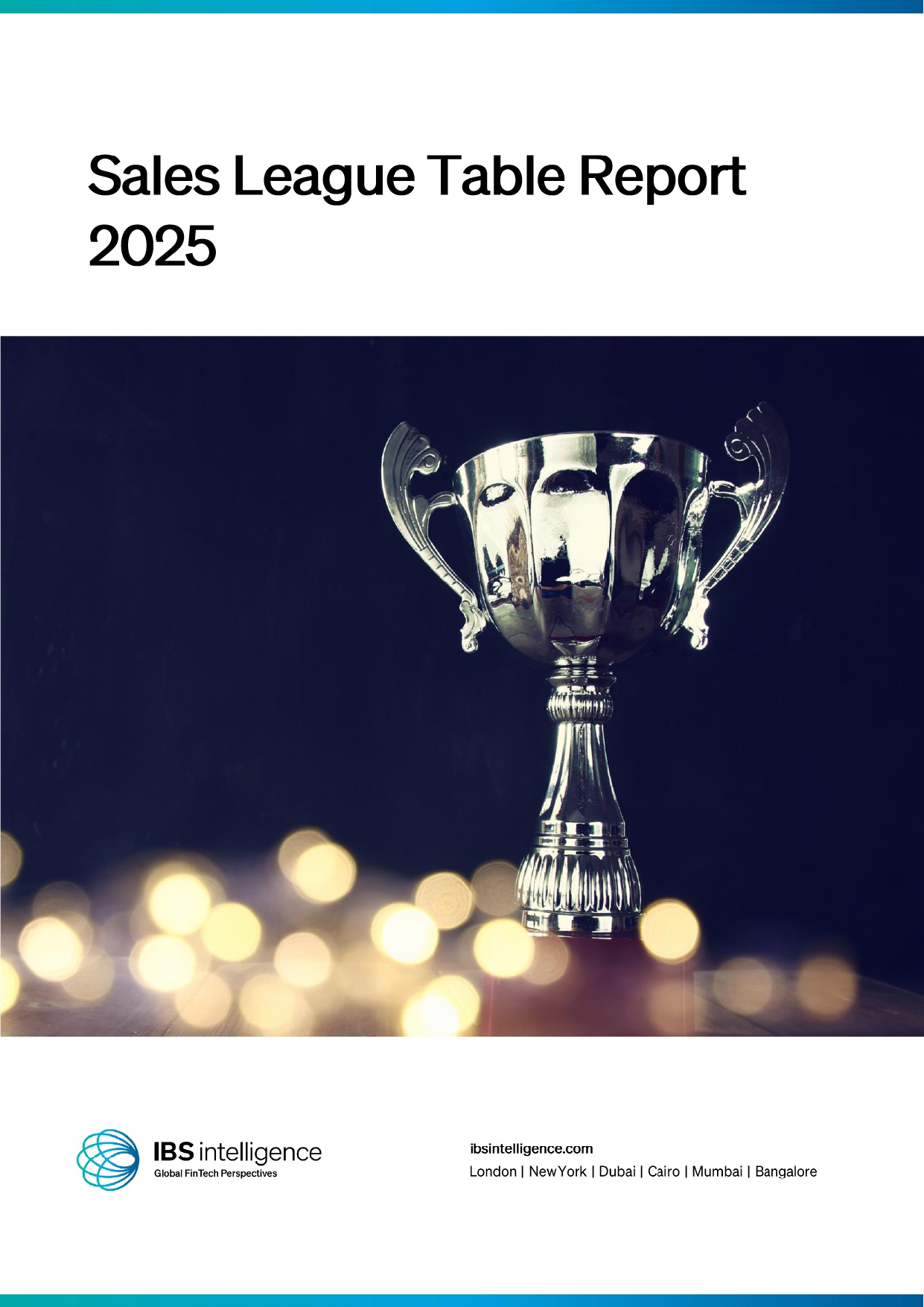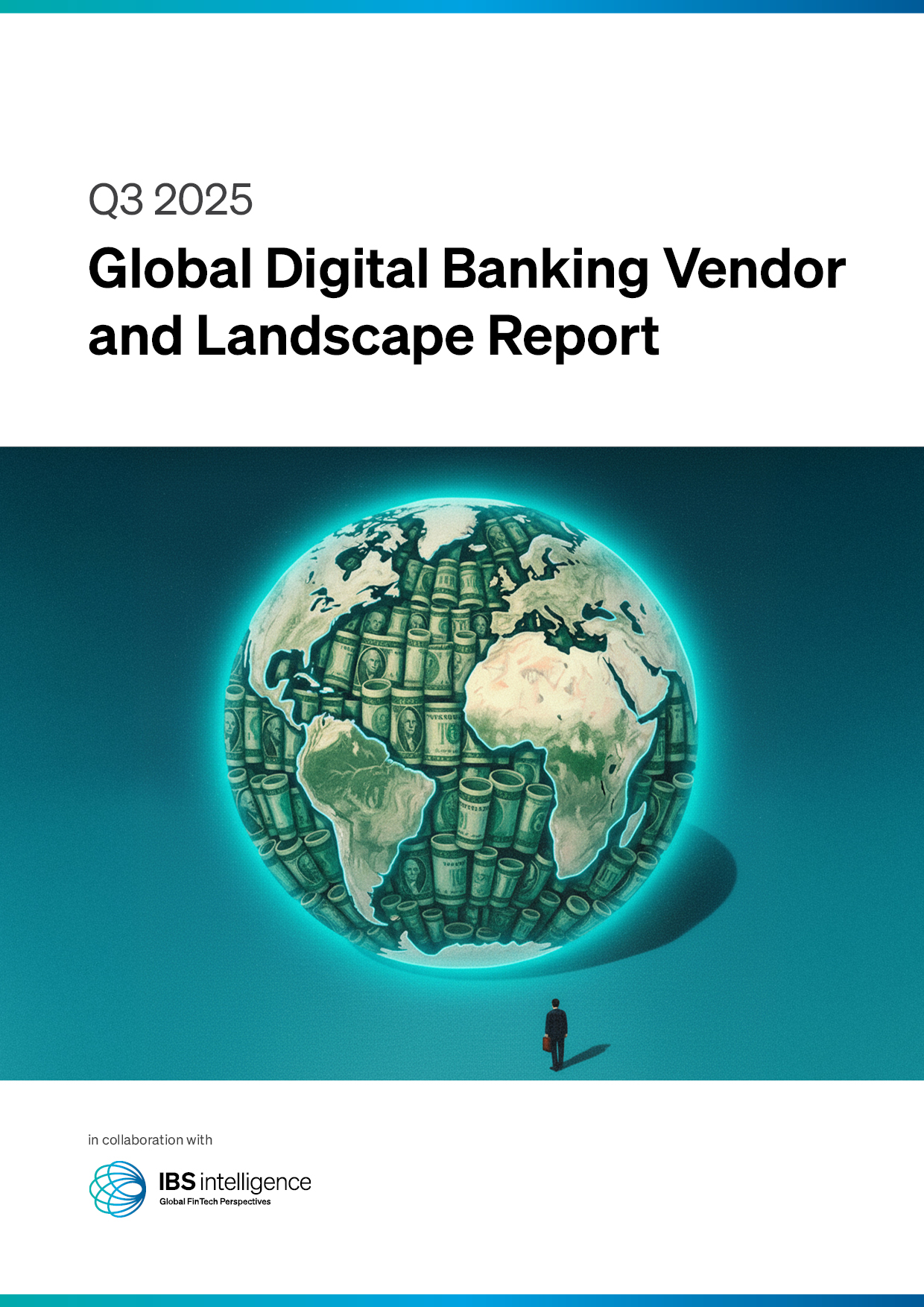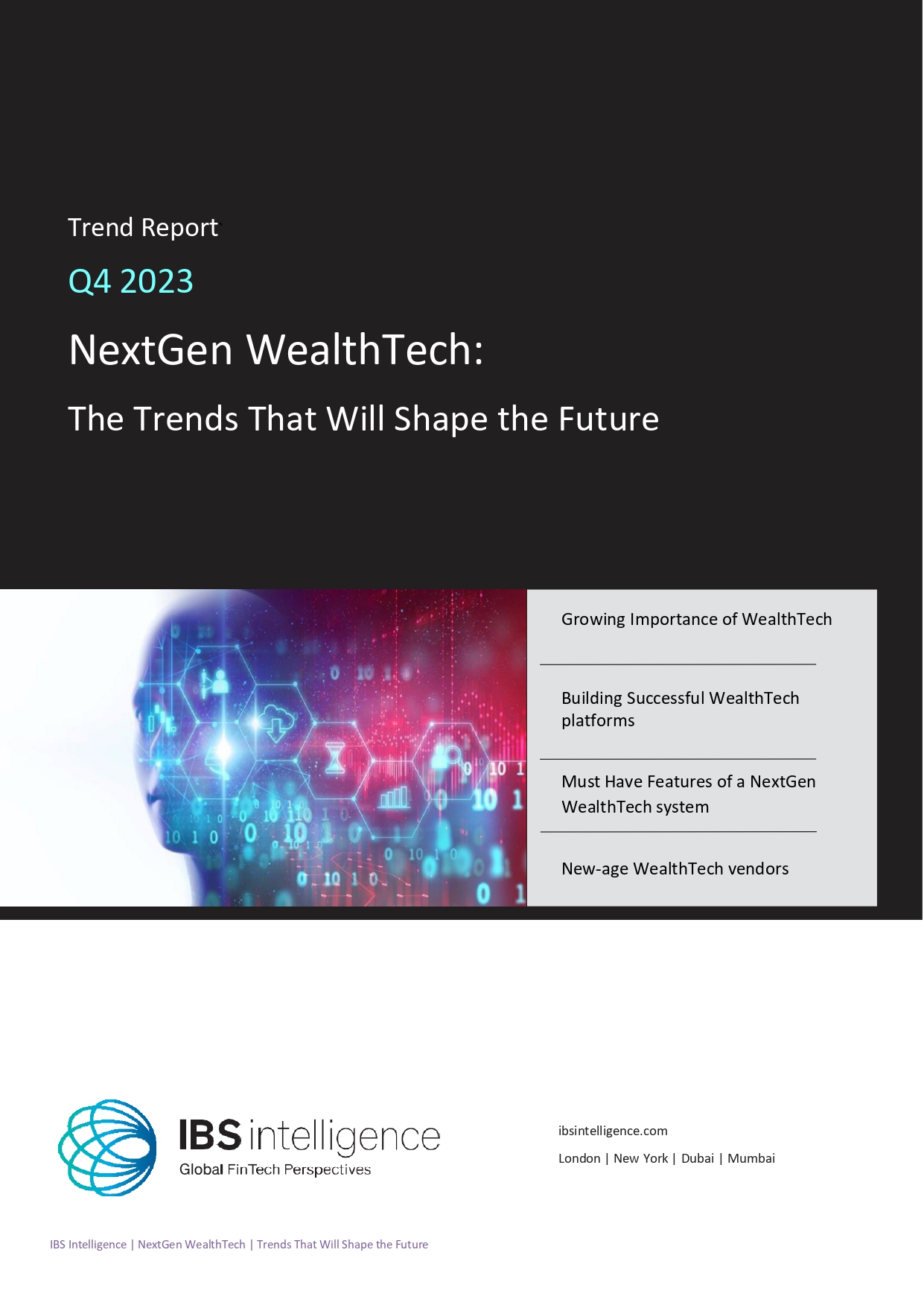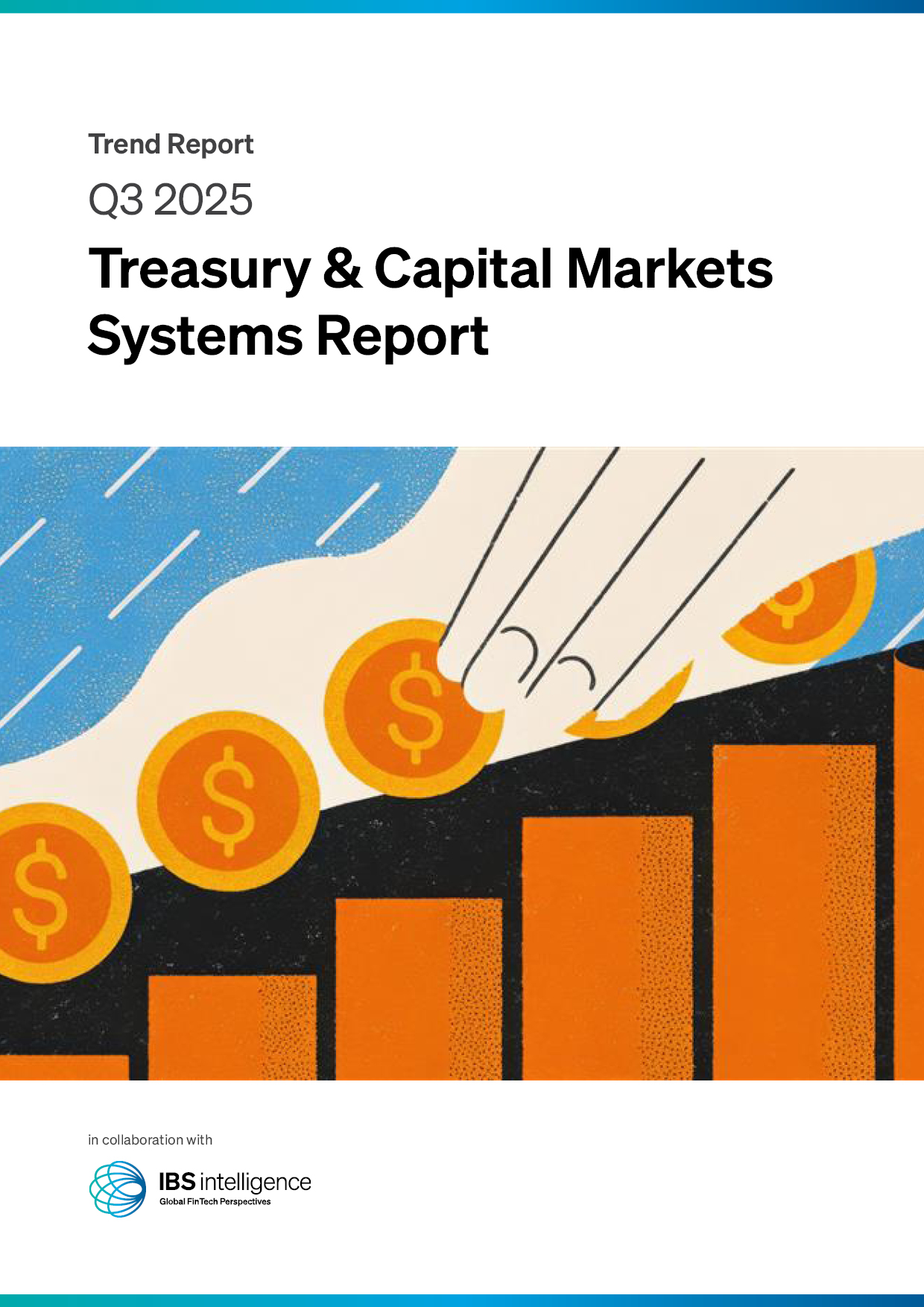 Back
Back
America’s credit divide widens: Affluent borrowers rise while millions fall behind
By Gloria Methri

 American consumers are splitting into two financial realities. On one side, a segment of affluent borrowers is securing larger mortgages and rising credit card limits. On the other hand, millions are falling behind, struggling with minimum payments, rising delinquencies, and stagnant credit access.
American consumers are splitting into two financial realities. On one side, a segment of affluent borrowers is securing larger mortgages and rising credit card limits. On the other hand, millions are falling behind, struggling with minimum payments, rising delinquencies, and stagnant credit access.
New data from the Federal Reserve Bank of Philadelphia reveals that credit card delinquency rates have surged to record highs, with the share of consumers making only minimum payments climbing to levels not seen since 2012.
Simultaneously, banks are doubling down on their safest bets: high-income borrowers. The median mortgage size is up 14% year-on-year, and the highest credit card limits are expanding, leaving the average consumer increasingly locked out of the credit system.
It is a snapshot of a consumer economy moving in two directions: financial resilience at the top and growing fragility beneath.
Delinquencies Reach Alarming Highs
A key indicator of household distress—the percentage of credit card accounts making only minimum payments—rose to a 12-year peak in Q4. Even more troubling, 90-day delinquency rates climbed to the highest point ever recorded in the data, while 30- and 60-day past-due rates remained elevated.
These warning signs point to a growing strain on household budgets, with many consumers resorting to minimum repayments to stay afloat. Credit card balances grew modestly—just 4% year-over-year—suggesting not only tighter lending standards but also a cooling appetite for credit among vulnerable segments.
Credit Limits Expand—But Only for the Wealthy
While the median credit limit on new cards held steady at $5,000, banks offered far more generous terms to high-end customers. The 90th percentile credit limit rose to $19,500, among the steepest increases in the series, and the 75th percentile also ticked upwards.
This reflects a clear shift in strategy: banks are widening access to credit, but only for borrowers they perceive as low-risk. The result is a growing gap in financial flexibility, where well-off consumers receive more room to spend and borrow, while middle- and lower-income households face barriers or limits that haven’t budged.
Mortgage Lending Shifts to Higher-Income Households
A similar pattern plays out in the mortgage market. With overall lending dampened by high interest rates, banks are focusing on fewer, larger loans. The median mortgage loan size rose 14% year-on-year, while the 90th and 75th percentile values hit all-time highs.
Since Q4 2019, the 90th percentile loan size has grown at double the pace of the median, reinforcing a system that increasingly favours high-value borrowers. Meanwhile, mortgage delinquencies remain extremely low—just 0.4% at 90+ days past due—further incentivising lenders to focus on wealthier, lower-risk households.
A Financial System Splitting in Two
The findings underscore a stark divergence in financial well-being across the US. As affluent consumers benefit from greater access and favourable terms, a significant portion of the population is grappling with payment struggles and limited credit flexibility.
The challenge ahead—for banks, FinTechs, and policymakers alike—is confronting the growing fragility at the bottom of the credit ladder. This means building inclusive, responsible financial tools that support vulnerable households without compromising on risk.
If current trends continue, America’s credit economy will not just be unequal but structurally divided.
IBSi FinTech Journal
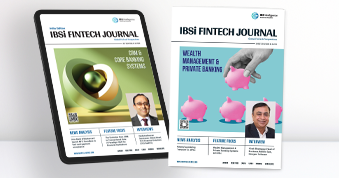
- Most trusted FinTech journal since 1991
- Digital monthly issue
- 60+ pages of research, analysis, interviews, opinions, and rankings
- Global coverage

